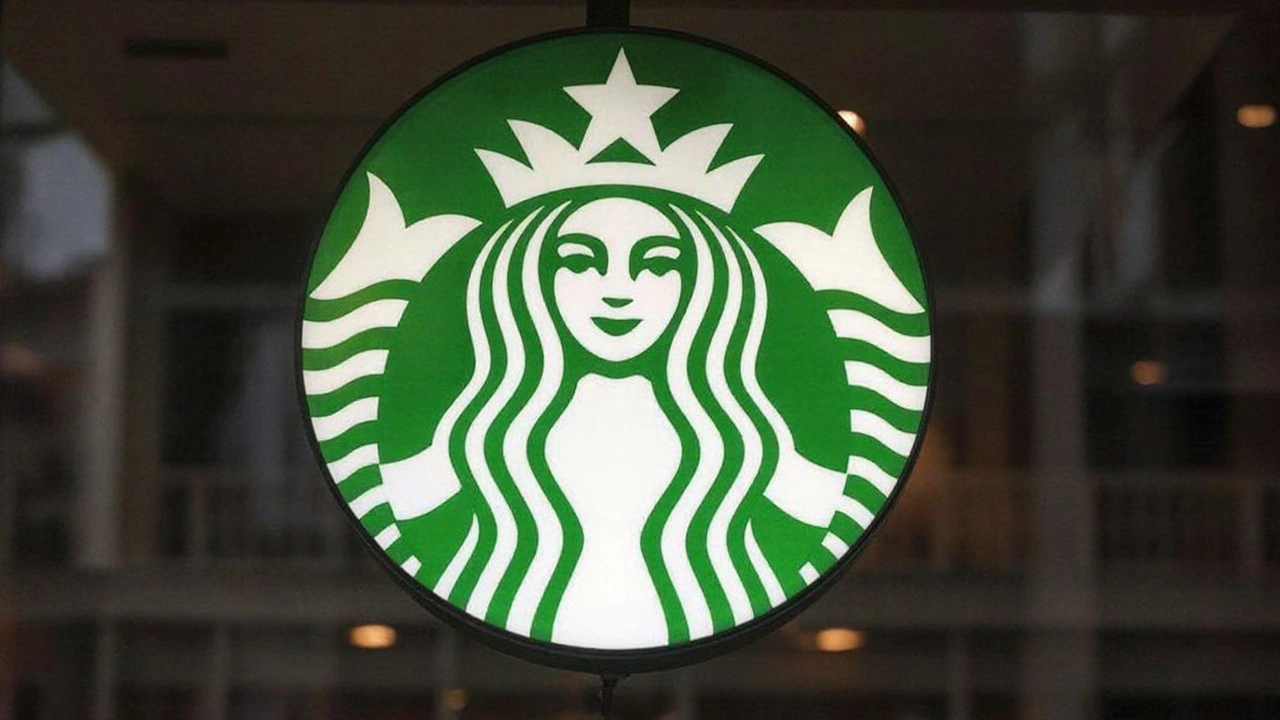Local Business: The Heartbeat of Community Growth
When talking about local business, a privately owned company that serves a specific geographic area and its residents. Also known as community business, it often relies on nearby customers, local suppliers, and regional partnerships to thrive.
Every small business, from a corner coffee shop to a neighborhood repair garage, falls under the broader local business umbrella. These ventures typically have fewer than 100 employees and depend heavily on word‑of‑mouth, local advertising, and tight‑knit customer relationships. Because they operate at a scale that matches the community’s needs, they are uniquely positioned to adapt quickly to local trends.
Why Entrepreneurs Matter
The engine that powers many local business stories is the entrepreneur. An entrepreneur spots a gap in the market, takes a risk, and launches a venture that meets a specific demand. Their creativity fuels innovation, whether it’s a pop‑up grocery delivering fresh produce or a digital platform connecting local artisans with buyers. Without entrepreneurial drive, the diversity and resilience of community economies would stall.
Linking back to our tag collection, you’ll see topics that touch on the challenges of running a business without a car, the impact of transportation on social life, and how local retail spaces can become community hubs. These pieces illustrate how personal circumstances—like lacking a vehicle—directly affect the way owners and customers interact with local business ecosystems.
Another key piece of the puzzle is economic development. Municipal leaders often invest in infrastructure, tax incentives, and training programs to nurture the growth of small enterprises. When a city improves public transit, for example, it expands the customer base for nearby shops and reduces the logistical hurdles for owners without personal transport. This connection creates a feedback loop: thriving businesses boost the tax base, which funds further development initiatives.
Our curated posts also explore how broader trends—like the shift from industrial agriculture to sustainable farming—affect local markets. Farmers adopting regenerative practices can open new revenue streams at farmers’ markets, directly linking agricultural innovation to the health of local business networks. Such cross‑industry influences highlight the interconnected nature of community economies.
Finally, community engagement itself is a catalyst. When residents rally around a hometown team or attend local events, they generate foot traffic that benefits nearby eateries and shops. High‑school football scores, for instance, draw crowds that spill over into the surrounding business district, creating a subtle but measurable boost in sales. This synergy shows that sports, culture, and commerce often dance together in the same neighborhood space.
Below you’ll find a mix of articles that dive deeper into these dynamics—whether it’s the debate over a pop star’s album cover, the thrilling finale of a streaming series, or the practical challenges of daily life without a car. Each piece adds a layer to the bigger picture of how local business interacts with personal choices, cultural moments, and economic policies. Explore the collection to see how these threads weave together in the fabric of community life.
The Goddard Starbucks on Main Street announced its shutdown next month, leaving regulars and employees uneasy. Management cites lease negotiations and shifting market trends. City officials and locals weigh in on the economic ripple effect. Former baristas discuss job prospects and the chance for a new venue. The story reflects broader changes in small‑town retail.
